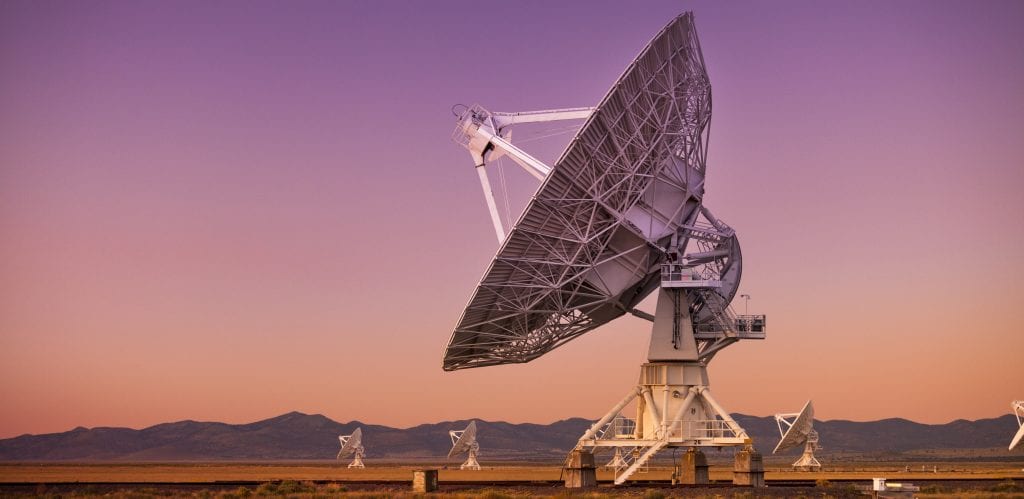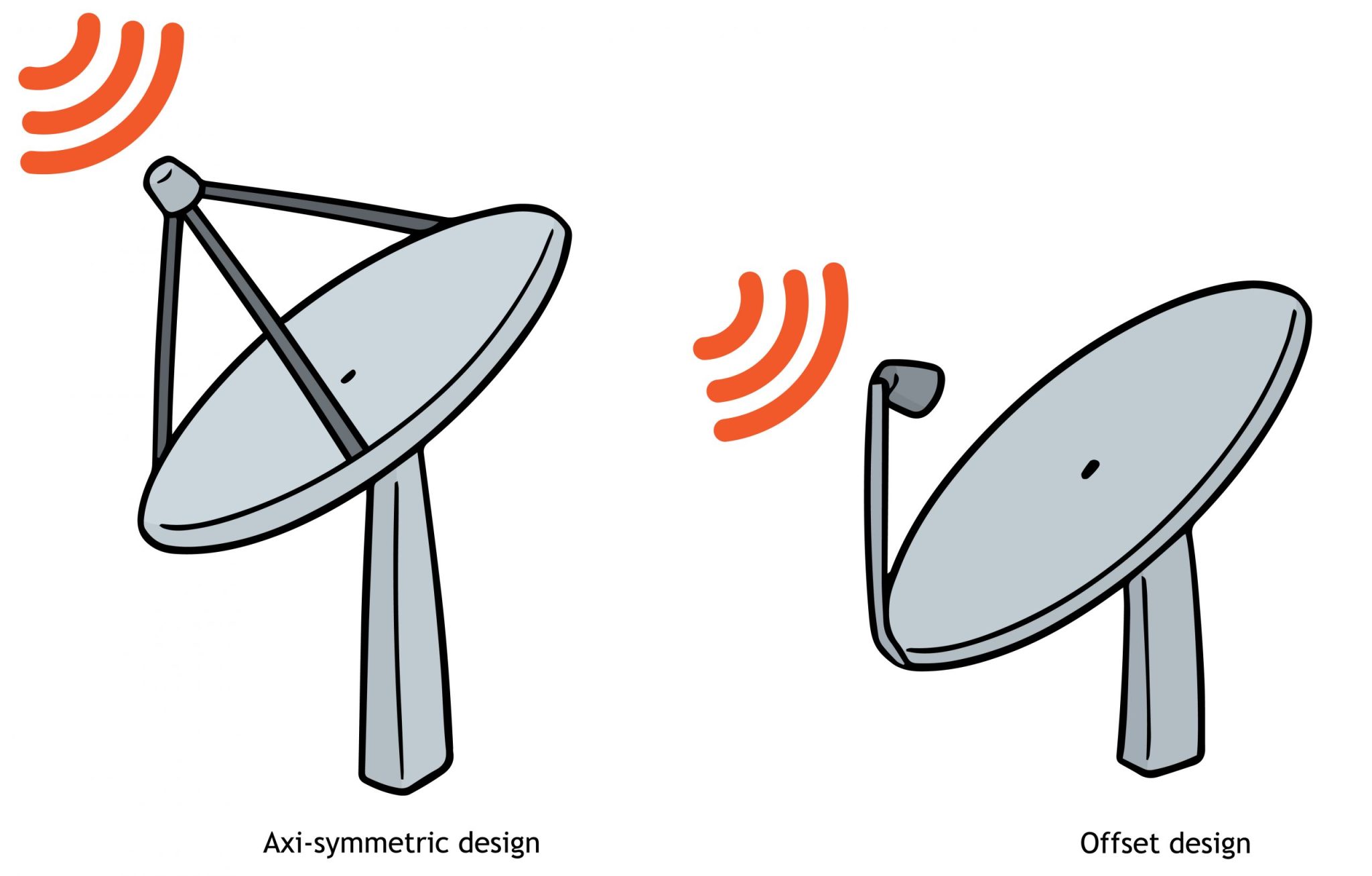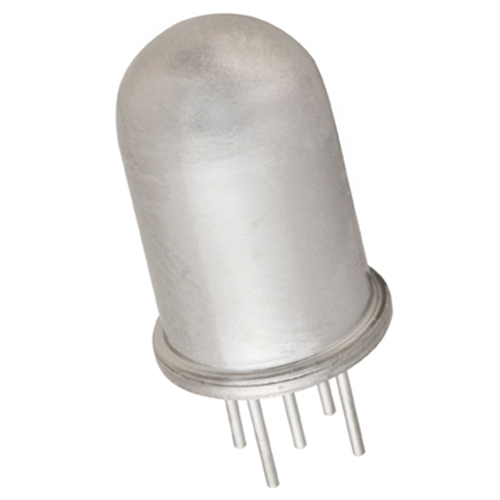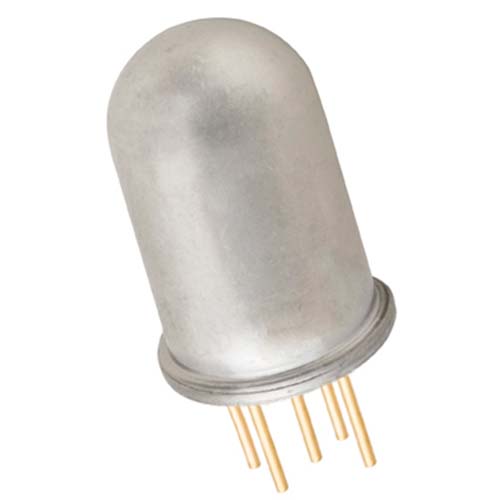Le due considerazioni principali quando si punta un'antenna parabolica sono l'angolo di elevazione e l'azimut. L'angolo di elevazione è l'angolo in cui l'antenna parabolica è puntata verso il cielo con un angolo (in genere) di 90° rispetto al segnale del satellite. Un angolo di elevazione di 0° è considerato parallelo alla terra, mentre un angolo di elevazione di 90° è considerato come se puntasse dritto verso il cielo. Ciò significa che l'angolo di elevazione sarà compreso tra questi due. Esistono anche antenne "offset" in cui l'obiettivo non è quello di avere un angolo di 90°. Questo si ottiene facilmente con un sensore di inclinazione o un inclinometro, ed è qui che entrano in gioco i nostri prodotti.

L'azimut è essenzialmente una direzione della bussola; l'antenna parabolica deve essere puntata in direzione del satellite. Ad esempio, se un satellite è sopra l'equatore, e sono nell'emisfero nord, l'antenna parabolica dovrà essere puntata in direzione sud. Al contrario, se sono nell'emisfero sud, l'antenna parabolica dovrà essere puntata in direzione nord.
L'obiettivo di entrambe le posizioni del satellite è ottimizzare la potenza del segnale in modo da avere il segnale migliore e poter usufruire del servizio satellitare senza interruzioni. Se si dispone delle coordinate GPS dell'antenna parabolica, è possibile calcolare facilmente l'azimut e l'angolo di elevazione necessari per ottenere un segnale ottimale. I satelliti di fascia alta e i satelliti mobili spesso calcolano automaticamente l'angolo di elevazione e l'azimut grazie a un sensore di inclinazione o inclinometro e a una bussola digitale e includono motori per posizionare automaticamente l'antenna parabolica.

Il sensore di inclinazione Fredericks più comune per il calcolo dell'angolo di elevazione è il sensore di inclinazione 0717-4318-99, che rappresenta la nostra opzione di misurazione dell'inclinazione più economica. Questo sensore ha un intervallo di ±60° che gli consente di avere un intervallo operativo totale di 120°, più che sufficiente per quasi tutte le applicazioni satellitari. Ha inoltre una precisione di ±0,1°, anche in questo caso più che sufficiente per la maggior parte delle applicazioni satellitari. Se è necessaria una maggiore precisione, offriamo anche il modello 0717-4313-99, che ha lo stesso campo operativo con una precisione migliore di ±0,05°.
Si noti che i sensori di inclinazione Fredericks richiedono un'elettronica di condizionamento del segnale per fornire un'uscita di posizione angolare. Offriamo una varietà di schede di condizionamento del segnale per i nostri sensori e soluzioni preconfezionate e a tenuta ambientale che hanno uscite di facile utilizzo come le comunicazioni analogiche da 0 a 5 V CC, RS-232, RS-485 o SPI.
Recommended Tilt Measurement Solutions for Satellite Antenna Positioning
0717-4318-99 Sensore di inclinazione
Operating Range: ±60°
Repeatability: ±0.1°
Operating Range: ±50°
Repeatability: ±0.05°







